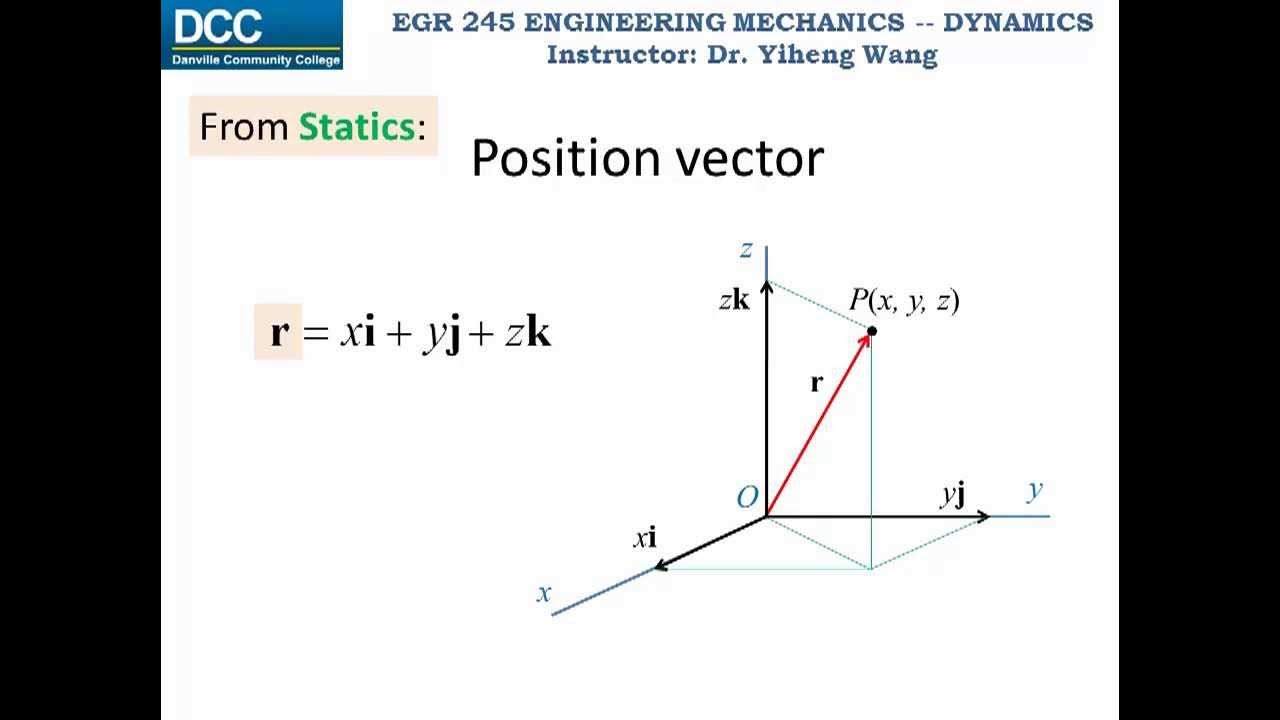Il moto rettilineo uniforme
Summary
TLDRThe video delves into uniform rectilinear motion, a key concept in kinematics. It explains the trajectory as the set of points an object travels through, and distinguishes between average and instantaneous velocity. The equation of motion for constant velocity is introduced, emphasizing the relationship between position, initial position, velocity, and time. Two graphical representations—space-time and velocity-time graphs—are discussed, highlighting their linear relationships and significance. The video concludes by promising practical examples in the next installment to enhance understanding of these concepts.
Takeaways
- 🚀 Kinematics is the branch of physics that describes motion, specifically uniform rectilinear motion in this context.
- 📏 The trajectory of a body in motion is a straight line when discussing uniform motion.
- ⚡ Uniform motion means the body moves with constant velocity, covering equal distances in equal time intervals.
- 📊 Average velocity is calculated as the total distance divided by the total time taken.
- ⏳ Average velocity formula: \( \overline{v} = \frac{\Delta s}{\Delta t} \), where \( \Delta s \) is the change in position and \( \Delta t \) is the change in time.
- 📈 Instantaneous velocity is the limit of average velocity as the time interval approaches zero, expressed mathematically.
- 🧮 The equation for uniform rectilinear motion can be derived from average velocity, showing a direct relationship between distance, time, and velocity.
- 📌 The position function is given by \( s = s_0 + vt \), indicating the position at any time based on initial position and constant velocity.
- 📉 The space-time graph is linear, where the slope represents velocity, and the y-intercept represents the initial position.
- 📏 In the velocity-time graph, velocity remains constant, shown as a horizontal line at the velocity value.
Q & A
What is uniform rectilinear motion?
-Uniform rectilinear motion refers to the motion of an object moving in a straight line at a constant speed.
How is average speed defined?
-Average speed is defined as the total distance traveled divided by the total time taken. It can be calculated using the formula: average speed = (s2 - s1) / (t2 - t1).
What is the difference between average speed and instantaneous speed?
-Average speed measures the overall speed over a distance and time, while instantaneous speed refers to the speed of an object at a specific moment in time.
What formula represents instantaneous speed?
-Instantaneous speed is represented mathematically as the limit of the ratio of distance traveled to the time interval as the interval approaches zero: v = lim(Δt -> 0) (Δs / Δt).
What is the equation of motion for uniform rectilinear motion?
-The equation of motion is given by: s - s0 = v(t - t0), where s is the final position, s0 is the initial position, v is the constant speed, and t is time.
How do you graphically represent uniform rectilinear motion?
-Uniform rectilinear motion can be represented with two graphs: a space-time graph (with time on the x-axis and position on the y-axis) which is a straight line, and a speed-time graph (with time on the x-axis and speed on the y-axis) which is a horizontal line indicating constant speed.
What does the slope of the space-time graph indicate?
-The slope of the space-time graph represents the speed of the object; a steeper slope indicates a higher speed.
What does the y-intercept of the space-time graph represent?
-The y-intercept of the space-time graph represents the initial position (s0) of the object at time t = 0.
What can be inferred if the speed-time graph is a horizontal line?
-If the speed-time graph is a horizontal line, it indicates that the speed is constant throughout the motion.
Why is it important to understand uniform rectilinear motion?
-Understanding uniform rectilinear motion is fundamental in physics as it lays the groundwork for studying more complex motions and concepts in kinematics and dynamics.
Outlines

Dieser Bereich ist nur für Premium-Benutzer verfügbar. Bitte führen Sie ein Upgrade durch, um auf diesen Abschnitt zuzugreifen.
Upgrade durchführenMindmap

Dieser Bereich ist nur für Premium-Benutzer verfügbar. Bitte führen Sie ein Upgrade durch, um auf diesen Abschnitt zuzugreifen.
Upgrade durchführenKeywords

Dieser Bereich ist nur für Premium-Benutzer verfügbar. Bitte führen Sie ein Upgrade durch, um auf diesen Abschnitt zuzugreifen.
Upgrade durchführenHighlights

Dieser Bereich ist nur für Premium-Benutzer verfügbar. Bitte führen Sie ein Upgrade durch, um auf diesen Abschnitt zuzugreifen.
Upgrade durchführenTranscripts

Dieser Bereich ist nur für Premium-Benutzer verfügbar. Bitte führen Sie ein Upgrade durch, um auf diesen Abschnitt zuzugreifen.
Upgrade durchführenWeitere ähnliche Videos ansehen

Experimento de Física: Cinemática - Movimento Retilíneo Uniforme (MRU)

Dynamics Lecture 02: Particle kinematics, Rectilinear continuous motion part 1

Aprenda a LER um Gráfico de VELOCIDADE X TEMPO | CINEMÁTICA

FISIKA KELAS X: GERAK LURUS (PART 2) Materi dan Contoh Soal GLB dan GLBB

MICROTEACHING FISIKA SMA KELAS XI - GERAK LURUS BERATURAN (GLB)

Materi GLB & GLBB
5.0 / 5 (0 votes)
